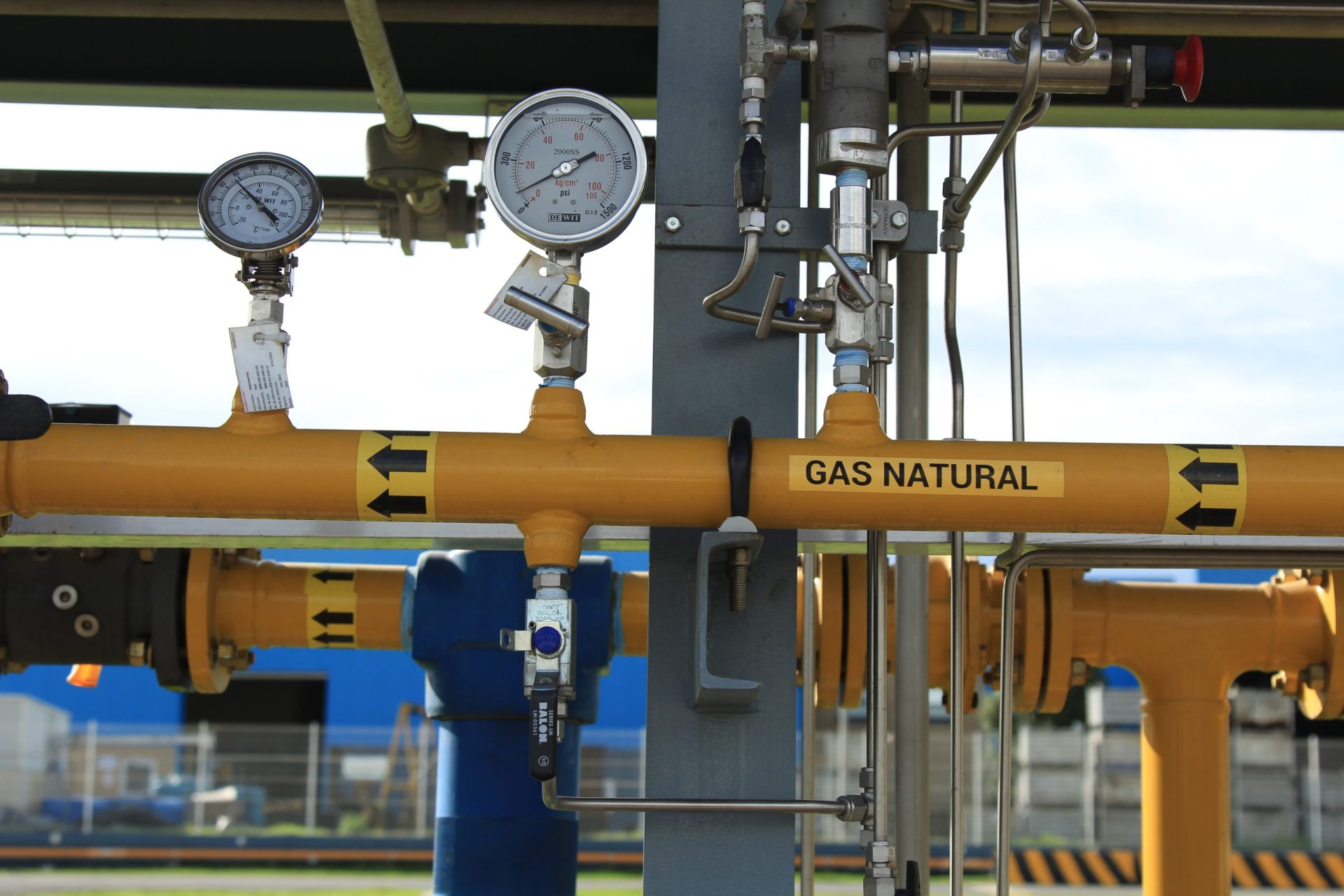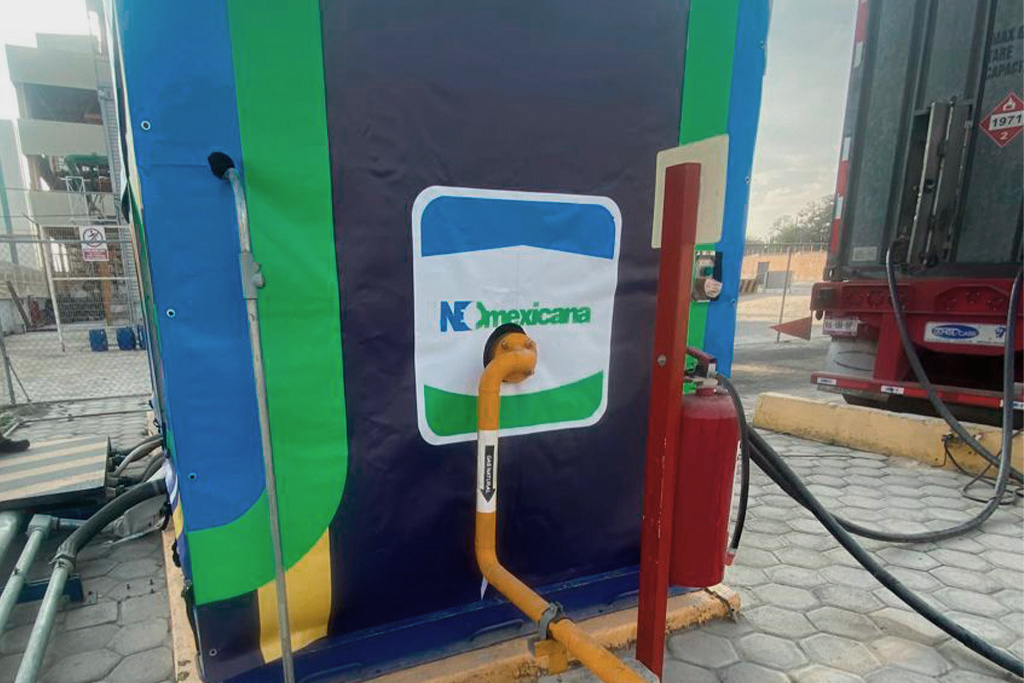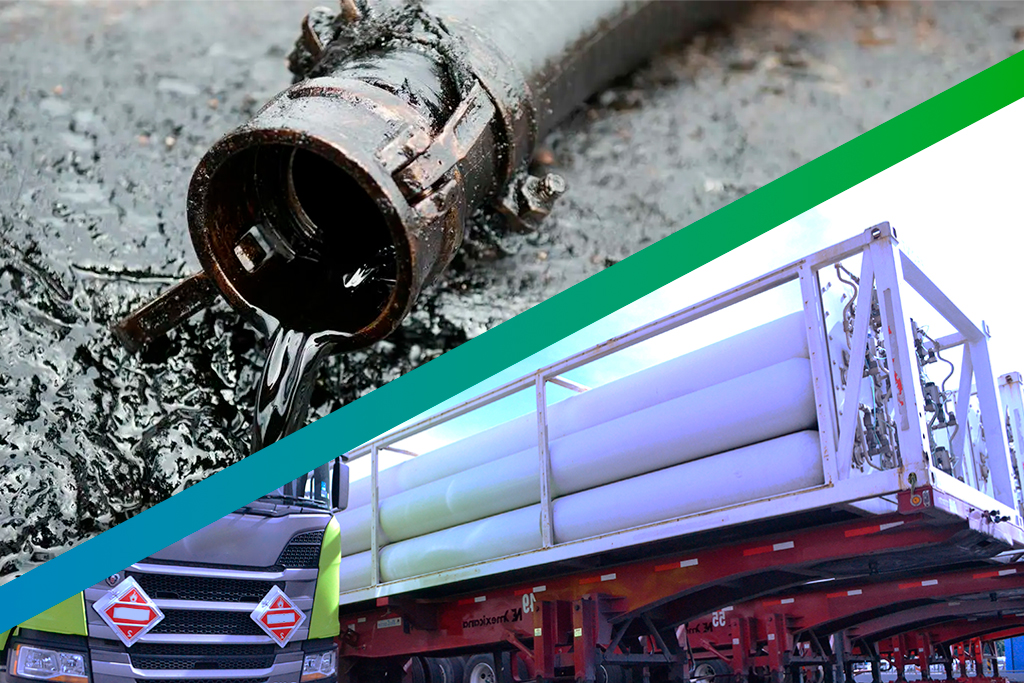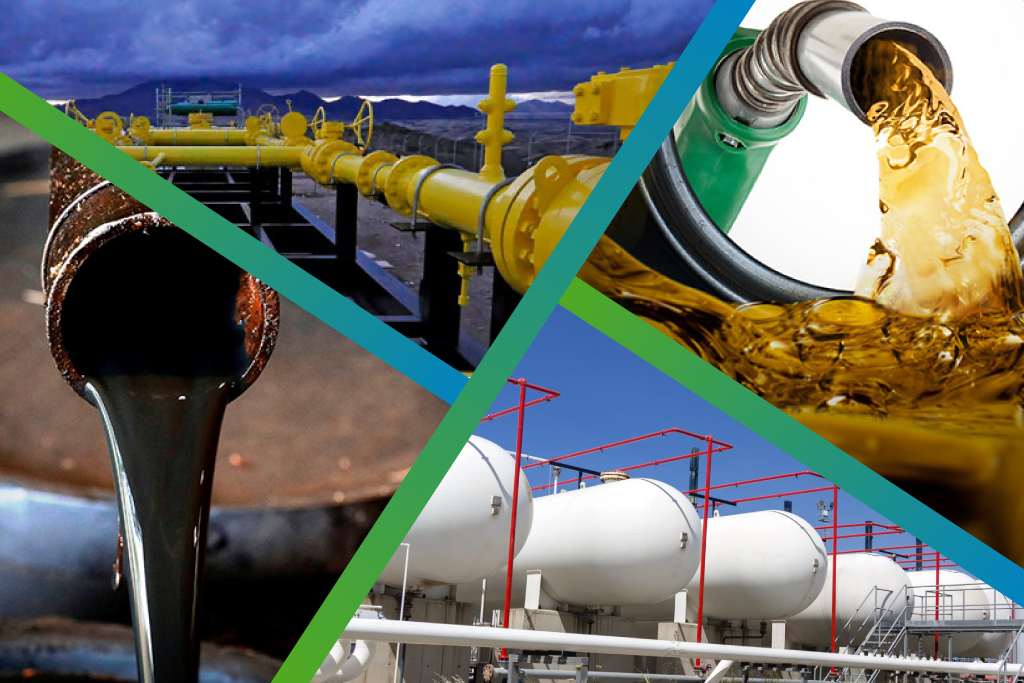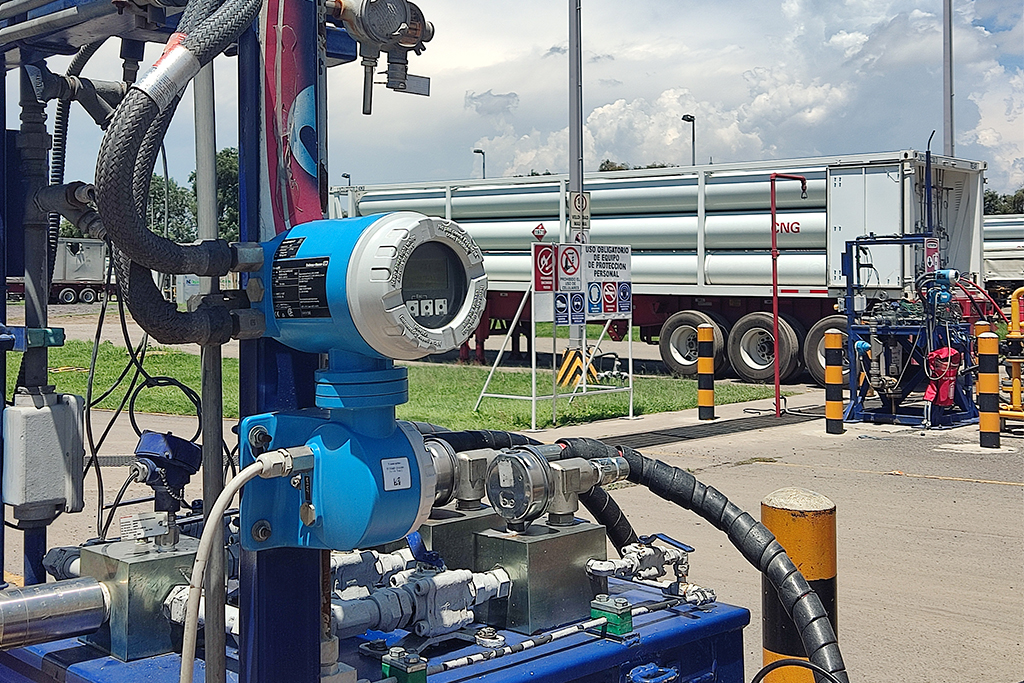THE COMPLETE COMPRESSED NATURAL GAS (CNG) CYCLE: A DETAILED OVERVIEW
NEOMEXICANA is pleased to present an attractive solution for the supply of Compressed Natural Gas, specially designed to meet the needs of the industry in areas of the country where pipelines are not yet available. But how does this process work?
In the following, we will explore the key phases from receipt to delivery of this hydrocarbon.
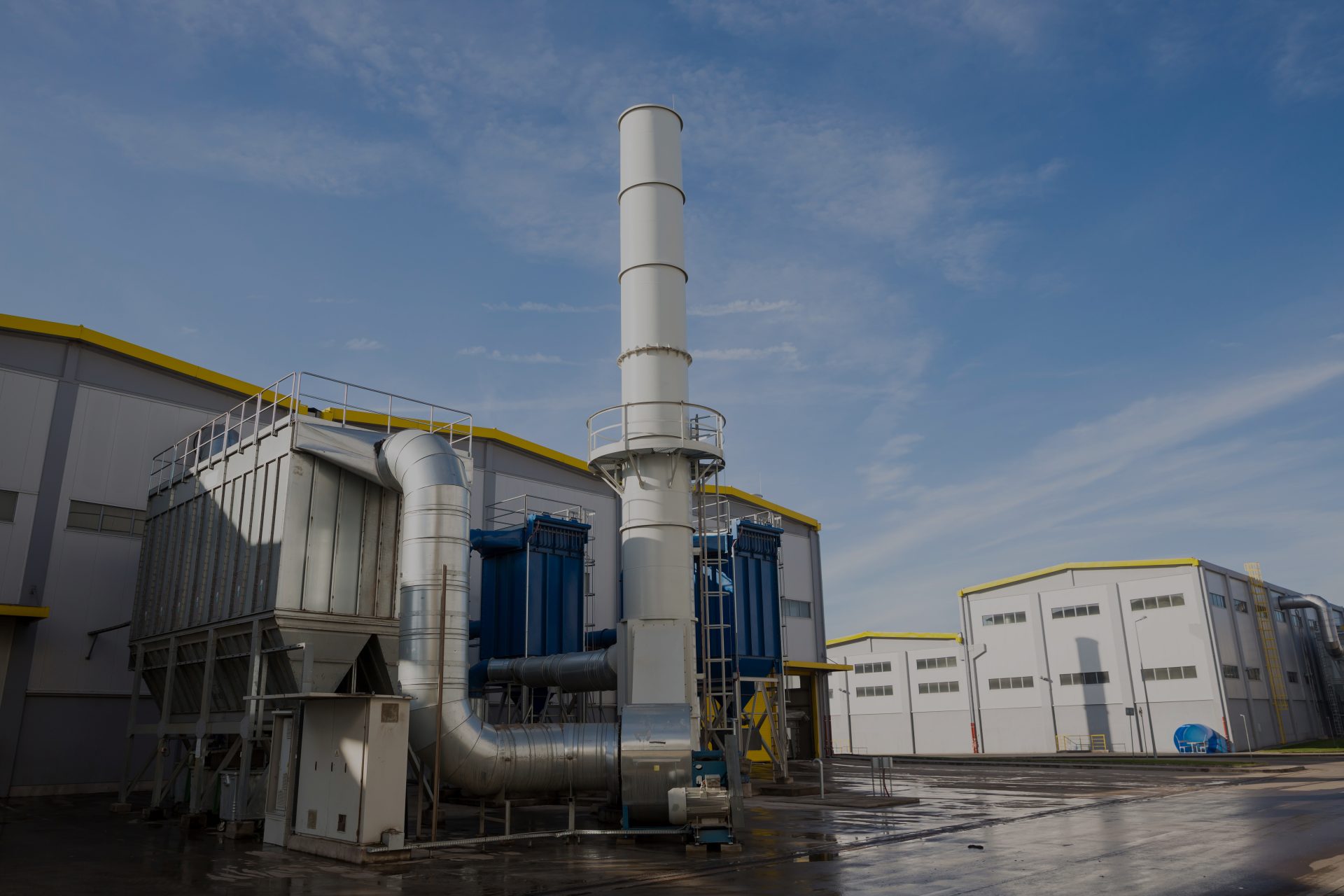
Admission and conditioning
It all starts with the arrival of natural gas, transported through the pipeline network of the Integrated National Natural Gas Transportation and Storage System (SISTRANGAS). This process takes place at our Receiving and Dispatch Station, also known as “CITY GATE”, strategically located on the outskirts of our compressor station. During this essential phase, the gas is subjected to filtering, measurement and odorization processes, thus ensuring its quality and safety.
Odorization involves the introduction of an odorizing agent to the gas, because natural gas in its pure form is colorless, odorless and tasteless, so a compound called methyl mercaptan is added to it, which gives it a characteristic odor similar to sulfur or rotten egg, allowing it to detect leaks and prevent accidents.
Processing and transportation
After leaving the CITY GATE, the oil is transported through pipelines to a compression chamber. Here, the gas pressure is increased to approximately 250 bar, facilitating its transport in special containers attached to tractor-trailers. The compressed gas is piped back to the loading yard, which is equipped with 24/7 operating tables and containers with safety devices and valves.
It is important to note that, in this phase, NEOMEXICANA is actively contributing to greenhouse gas mitigation goals by using CNG-powered trucks to transport compressed natural gas. This choice reinforces our commitment to sustainable and environmentally friendly practices.
Delivery and use
The containers, filled with compressed and odorized natural gas, are transported over the extensive road network to our customers’ facilities. Upon arrival, they are placed in the unloading bays of the area intended for gas decompression.
GPS monitoring of the containers and SCADA system ensures continuous and uninterrupted operation.
Once in the unloading bay, the container is connected by hoses to a Decompression Unit. This unit, an autonomous industrial equipment, reduces the hydrocarbon pressure to the conditions of use defined by the customer (generally between 3 and 7 bar pressure). This process is used to feed boilers, furnaces and more.
Finally, the natural gas goes through a measurement stage to monitor variables such as volume, temperature and pressure, recording the customer’s consumption parameters for the generation of the corresponding invoice.
With NEOMEXICANA, the supply of Compressed Natural Gas becomes an integral and reliable solution for industries in regions where gas pipelines have not yet arrived.

